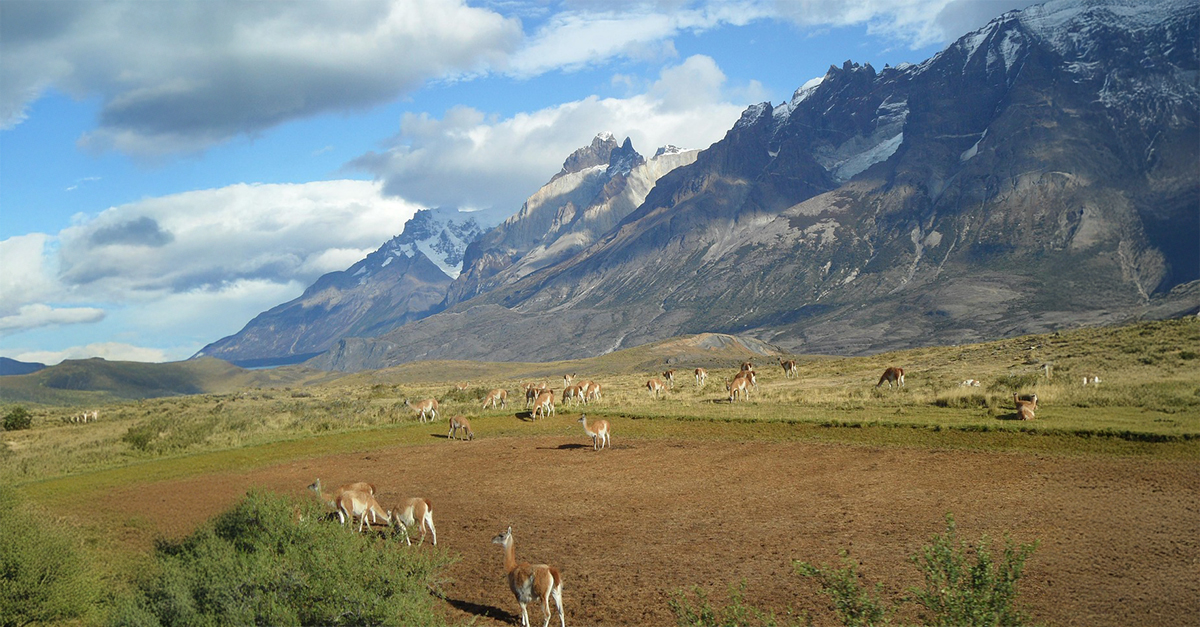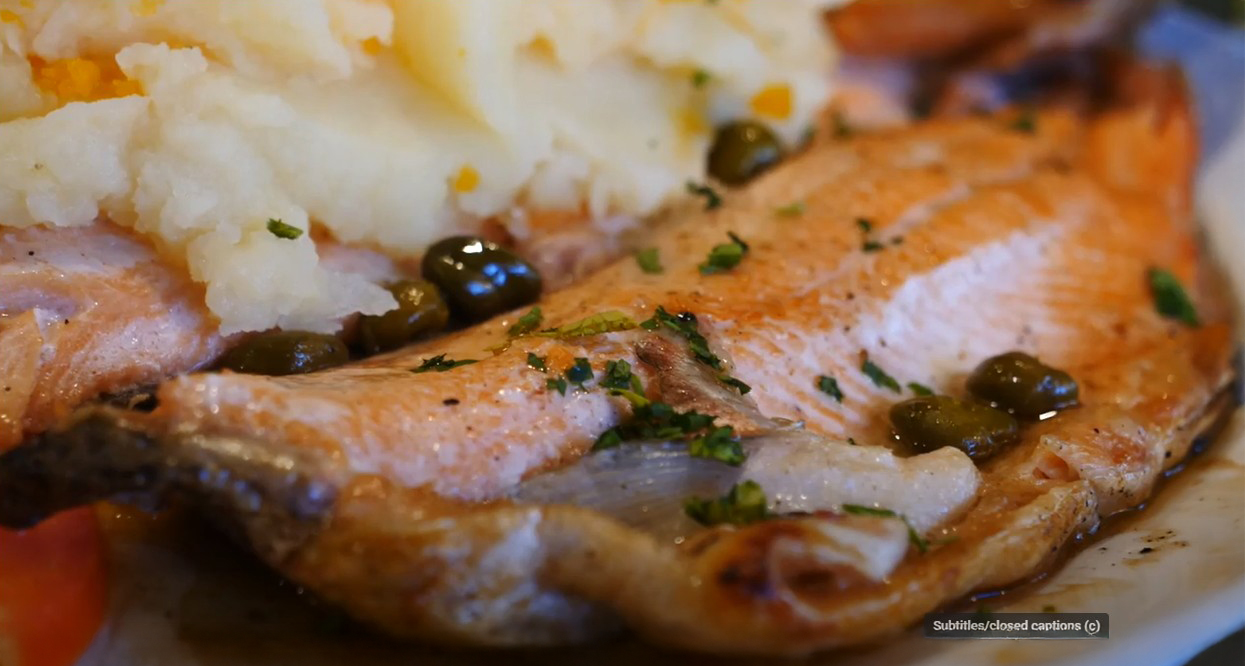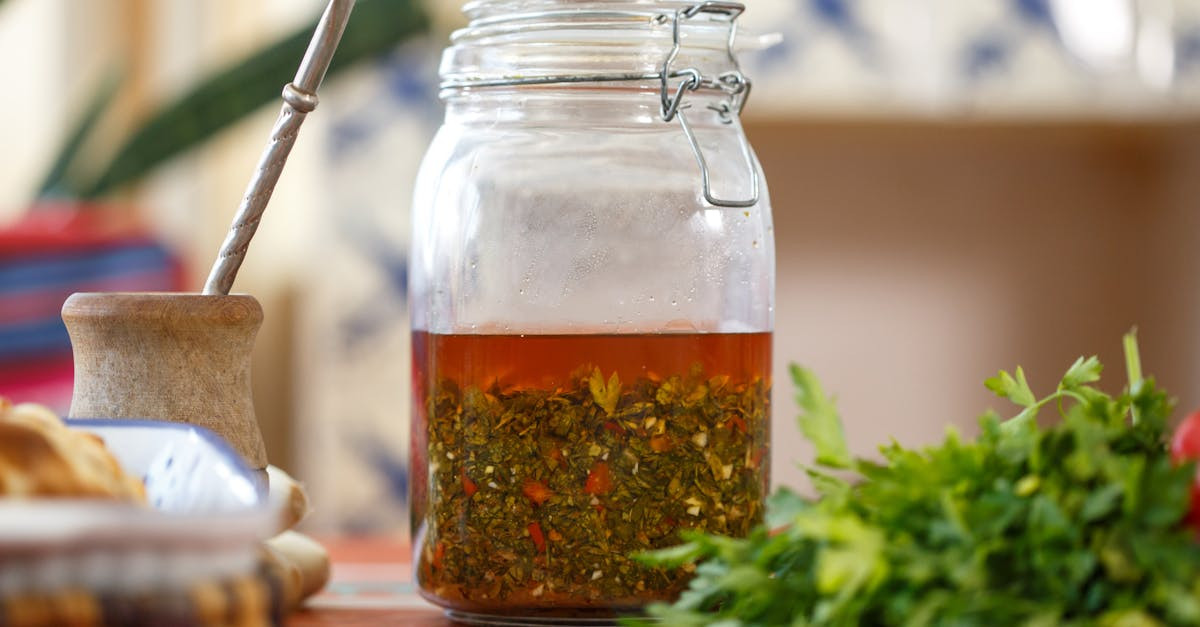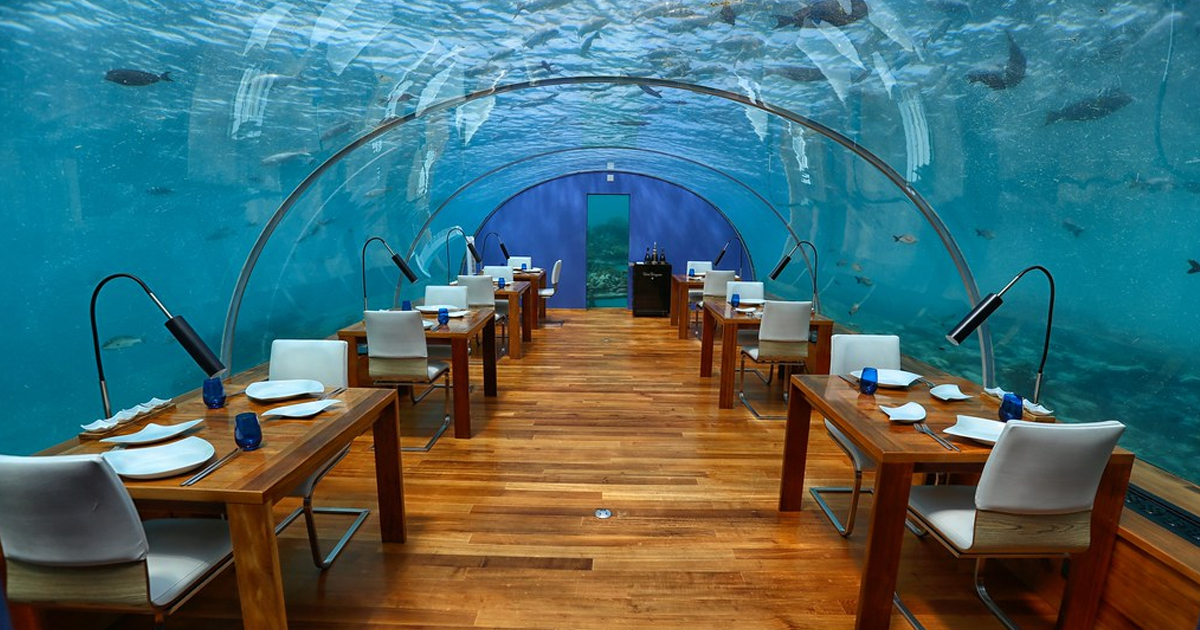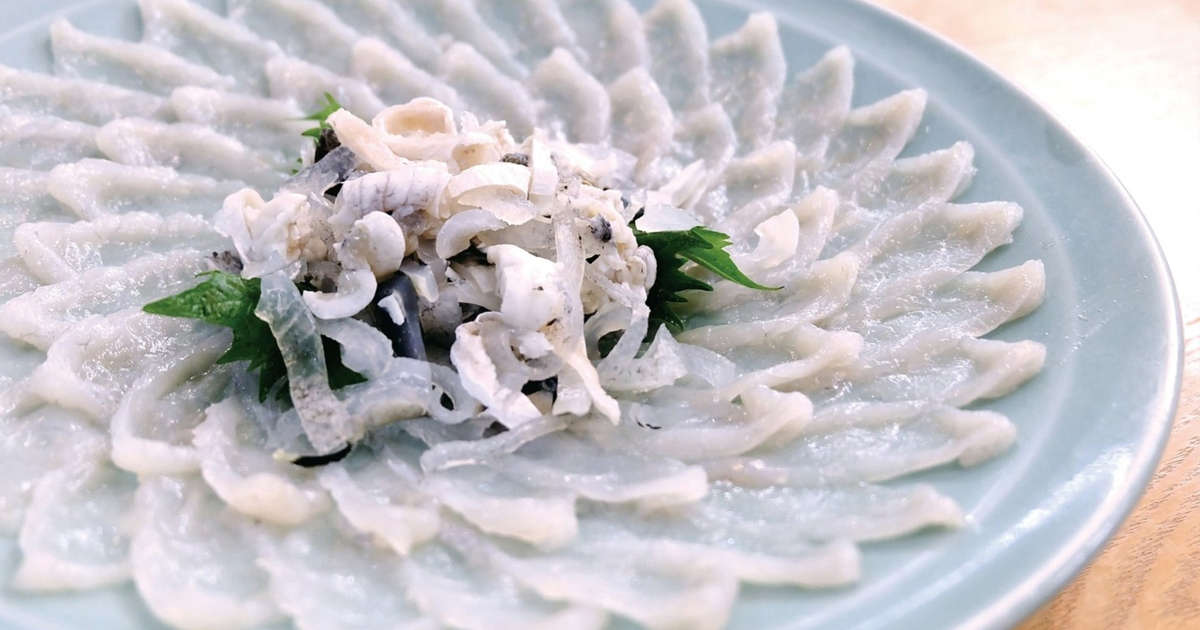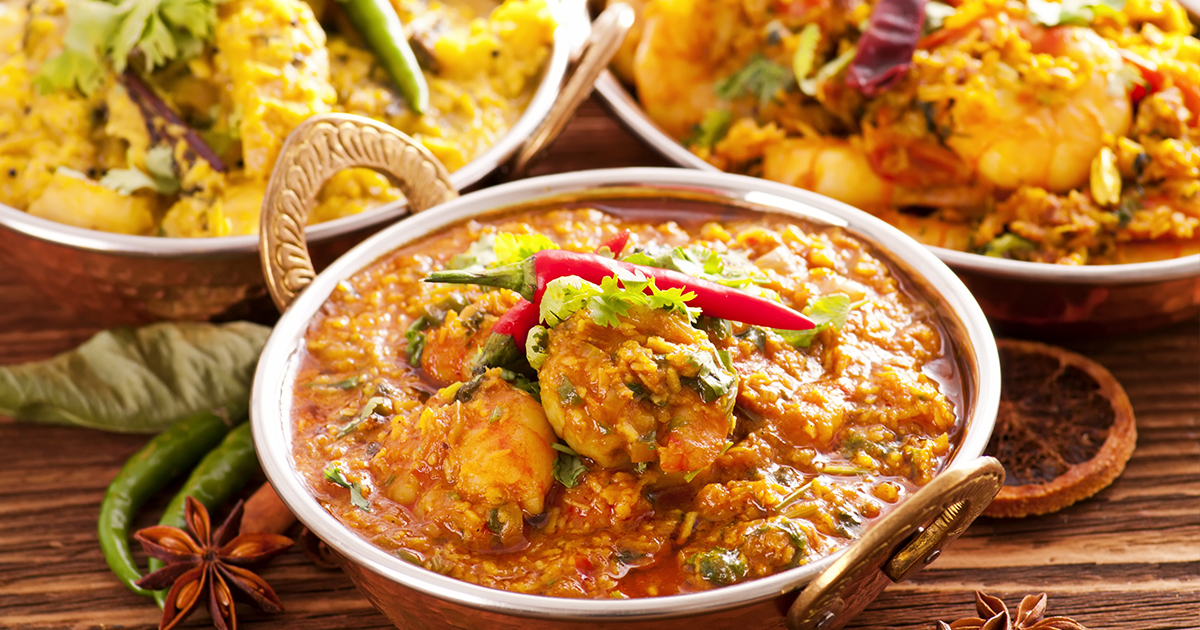Patagonia, in southern Argentina and Chile, is famous for its vast plains, towering mountains, and ice-cold refreshing lakes. The remote region also boasts a culinary tradition shaped by its wild landscape and diverse people. Patagonian cuisine is part indigenous, part European, with ingredients based on nature’s incredible bounty.
Fire-Cooked Meats: Where It All Begins
The bedrock of Patagonian cooking is the ritual of open-fire roasting. Lamb is the signature protein, often cooked whole on a metal cross called an asador. Slow roasted over wood coals, the meat becomes tender with a smoky crust. The traditional asado roasting method is a direct reflection of the region’s gaucho (cowboy) culture and love of communal feasting.
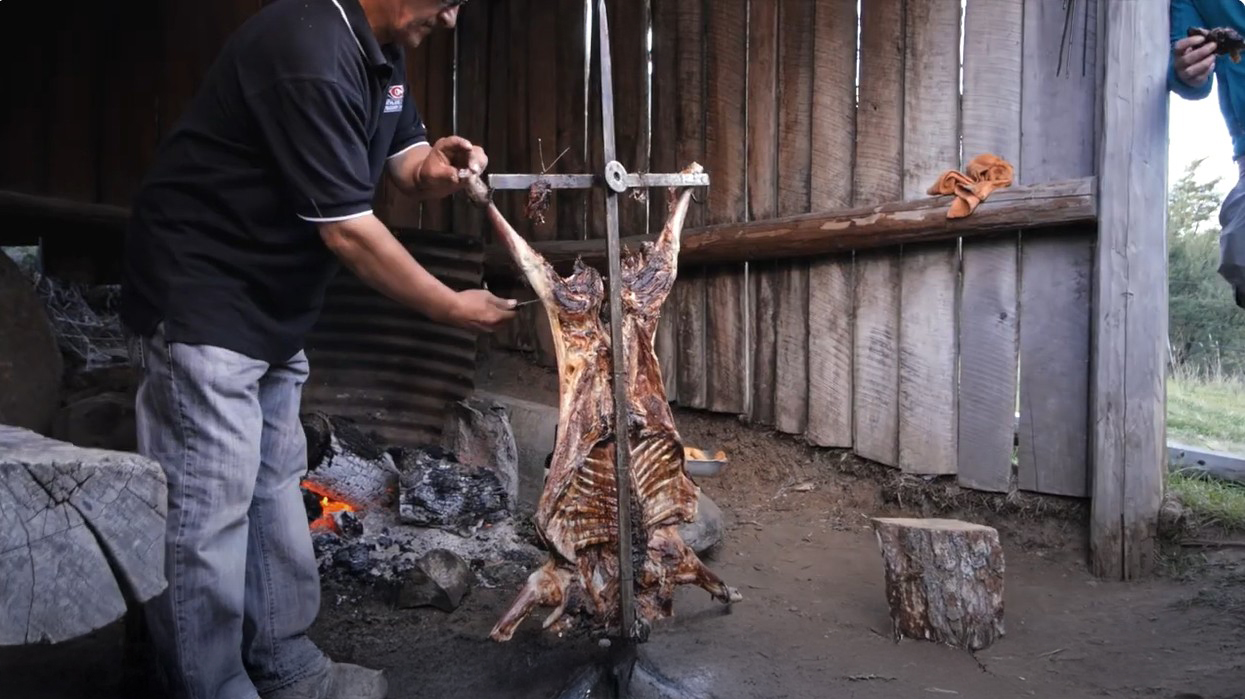 What to do in Chile: Gastronomy Patagonia - Open Nature, Chile Travel, YouTube
What to do in Chile: Gastronomy Patagonia - Open Nature, Chile Travel, YouTube
Game Meats Add A Rustic Element
Aside from lamb, Patagonian menus feature wild meats like guanaco (a relative of the llama), wild boar, and deer. These meats are typically grilled, stewed, or preserved. The bold flavors reflect the land they roam and appeal to adventurous tastes seeking something beyond farm-raised fare.
Trout And King Crab From Cold Waters
Patagonia’s glacial lakes and icy coastal waters provide outstanding seafood. Freshwater trout is abundant, grilled or smoked to perfection. In southern Chile, the famed centolla, a giant king crab, is another prized delicacy. Served steamed with butter or folded into creamy stews, it’s a luxurious taste of the southern seas. Patagonian scallops are another favorite.
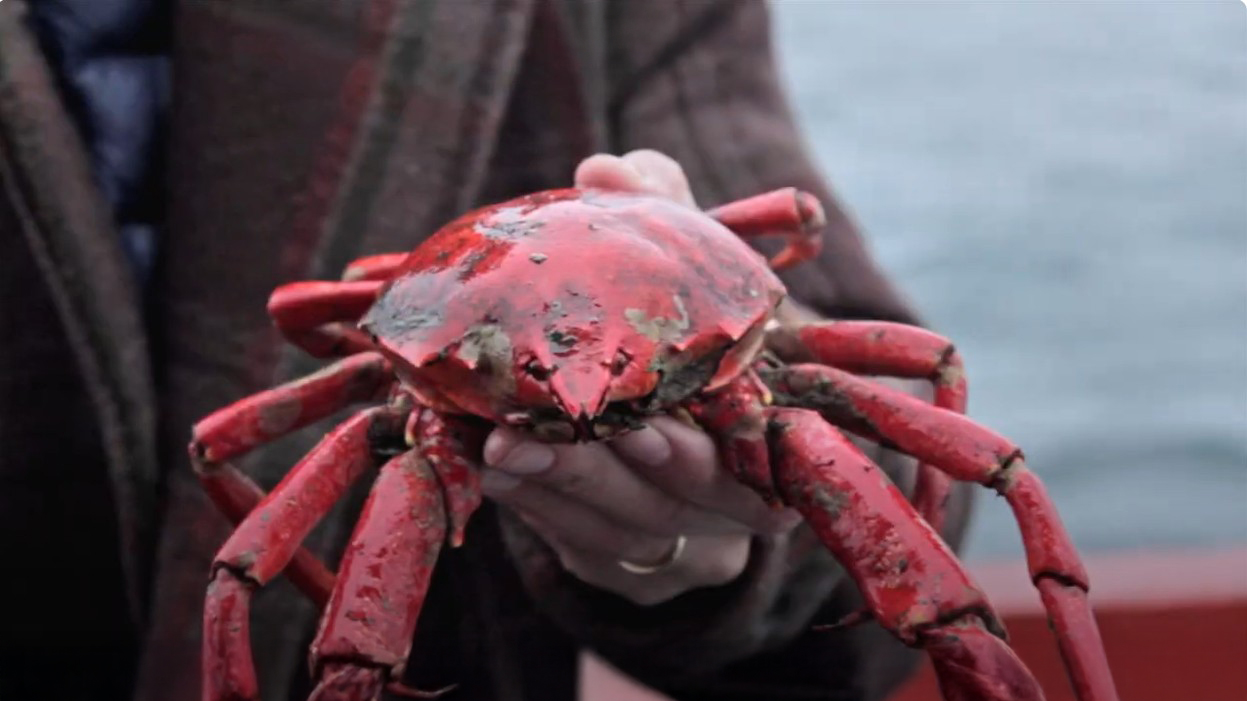 What to do in Chile: Gastronomy Patagonia - Open Nature, Chile Travel, YouTube
What to do in Chile: Gastronomy Patagonia - Open Nature, Chile Travel, YouTube
The Influence Of European Settlers
Welsh, German, and Italian immigrants brought new cooking traditions to Patagonia in the 19th and 20th centuries. These influences are still seen and tasted in local dishes like kuchen (fruit tarts), milanesa (breaded meat cutlets), and handmade pastas. There are still many Patagonian bakeries around that use traditional recipes passed down through generations.
Foraged Ingredients Play A Key Role
Patagonian cuisine is all about ingredients foraged from the wild. Mushrooms, herbs, berries, and native fruits like calafate (a blueberry-like berry) are the backbone of sauces, desserts, and preserves. These seasonal additions are closely related to the Patagonian environment, emphasizing freshness and sustainability.
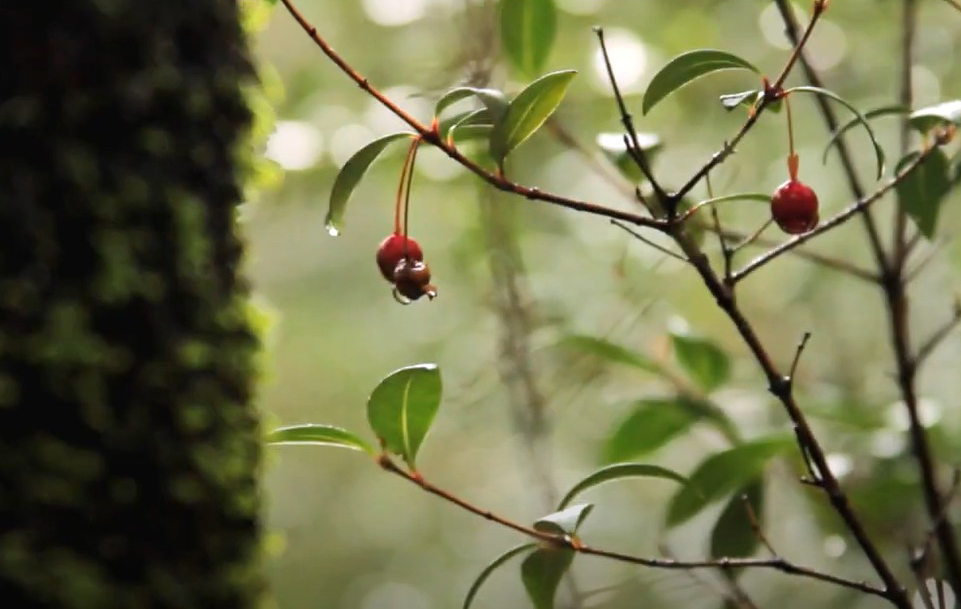 What to do in Chile: Gastronomy Patagonia - Open Nature, Chile Travel, YouTube
What to do in Chile: Gastronomy Patagonia - Open Nature, Chile Travel, YouTube
Chimichurri: A Flavorful Signature Sauce
No Patagonian grill would be complete without chimichurri. This tangy blend of parsley, garlic, vinegar, oil, and spices is spooned over meats and vegetables alike. It balances the richness of grilled proteins with herbal brightness and represents Argentina’s national condiment at its most rustic and flavorful.
Bread And Cheese Are Based On Local Traditions
Homemade bread, often baked in clay ovens, go well with every meal. Patagonian cheeses, especially of the sheep and goat varieties, are crafted by small dairies and farms. The region’s cheeses go great with smoked meats, sweet jams, and heavy breads, forming no-nonsense satisfying combinations.
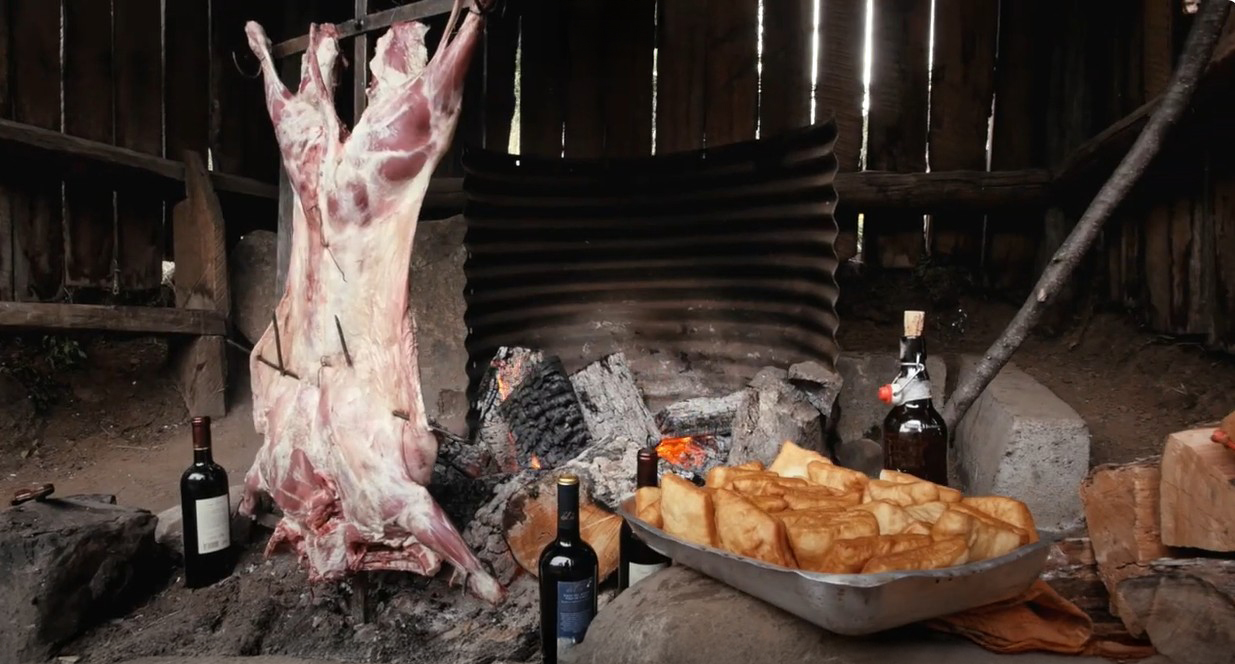 What to do in Chile: Gastronomy Patagonia - Open Nature, Chile Travel, YouTube
What to do in Chile: Gastronomy Patagonia - Open Nature, Chile Travel, YouTube
A Wine And Craft Beer Renaissance
Patagonia has become a notable wine region, especially for Pinot Noir and Merlot. The cool climate lends finesse to its wines, which go well with local dishes. As for beer, craft breweries in the region are producing lagers and ales flavored with Patagonian hops and mountain water.
 Gastón Cuello, Wikimedia Commons
Gastón Cuello, Wikimedia Commons
Desserts Rooted In Home And Hearth
Desserts are a big part of Patagonian meals. Dulce de leche, fruit jams, and native berries like the calafate feature in pastries and puddings. A slice of kuchen or a plate of torta galesa (Welsh fruitcake) with tea is a comfort at the end of a hearty meal.
A Unique Culinary Heritage
Patagonian cuisine is tied to the land, seasons, and traditions of its people. As tourism grows and chefs celebrate regional ingredients, the culinary world is starting to sit up and take an active interest in the bold, honest flavors of this remote windswept region.
You May Also Like:
Tuvaluan Cuisine: Authentic Island Delights
Hakarl: An Icelandic Recipe For Shark Meat

